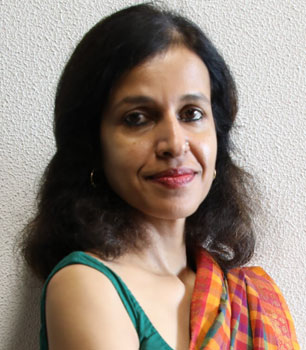Ashoka-Environmental Defense Fund Climate Corps Blogs
The Promise and Puzzle of Green Jobs in India
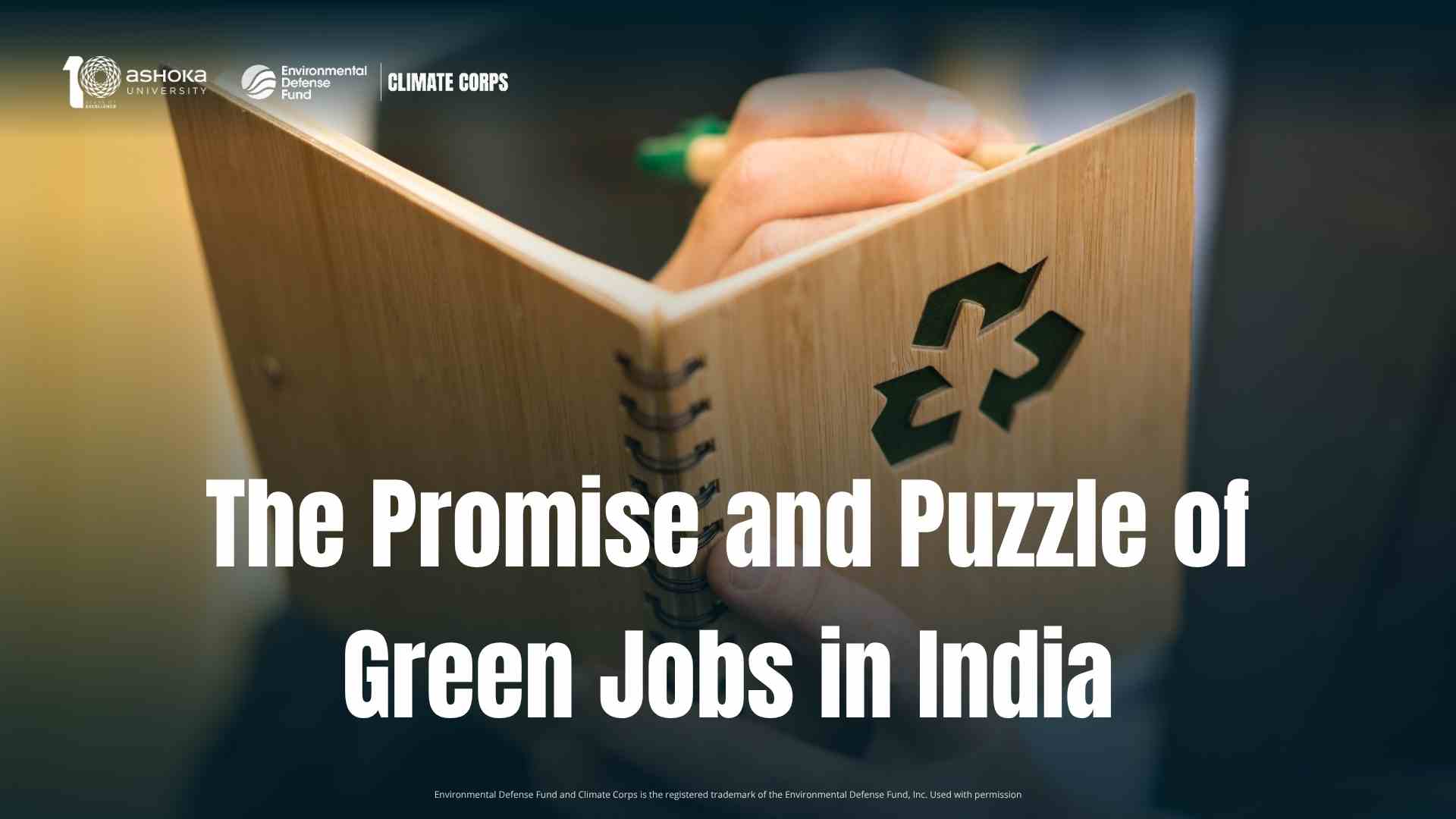
When a young graduate from a small town in Uttar Pradesh searched online for “green jobs in India,” she found everything from forest officers to solar panel sales—but no clear idea of where she fit in. With a diploma in environmental science and a passion for sustainability, she had imagined herself helping companies transition to clean energy. Instead, she ended up taking a job in general admin at a real estate firm, trying to fill ESG (Environmental, Social, and Governance) checkboxes.
Her story isn’t unusual. Across India, thousands of young people are training for a climate-friendly future, only to find the roles they studied for are either inaccessible, poorly defined, or don’t exist yet. The government estimates 35 million green jobs by 2047. But who exactly is hiring? And where?
As India’s green economy expands, the gap between promise and placement is becoming more visible. There’s energy in the system. But for now, much of it remains trapped between aspiration and access, training and hiring, policy and reality. The disconnect between job creation and job-readiness has made green employment a puzzle young Indians are left to solve on their own.
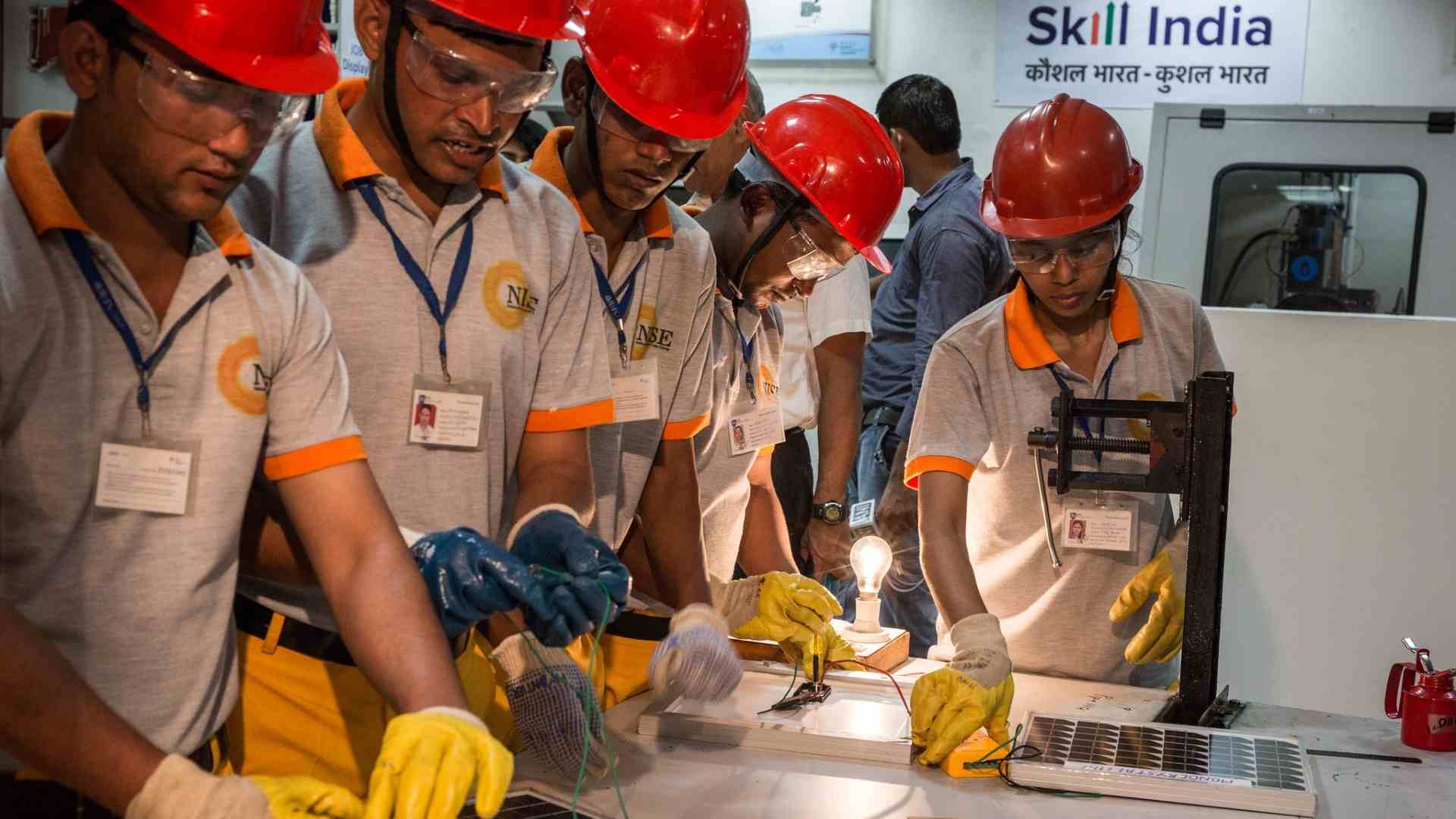
Pic: Flickr
"Any job that helps us achieve sustainable development goals can be considered a green job," says Harshanth R, a decarbonisation consultant and an Ashoka
-Environmental Defense Fund Climate Corps Fellow 2024. "But many of these roles today are either out of reach or poorly defined for early-career professionals."
What Are Green Jobs, Really?
The International Labour Organization (ILO) defines green jobs as "decent jobs that contribute to preserving or restoring the environment."
Simply put, green jobs are often described as the future of work. But what does that mean for someone looking to earn a living today? Harshanth notes that people often imagine green jobs as high-level corporate roles, sitting in offices, analysing data or emissions.
He adds that the bigger issue is how narrowly we define climate work. "We forget about the technicians installing solar panels, the field workers managing waste, or community responders helping during floods and heatwaves. These are green jobs too—they just don’t come with a desk or a LinkedIn title."
Unless we start recognising these roles, green jobs will remain something only the privileged can aspire to.
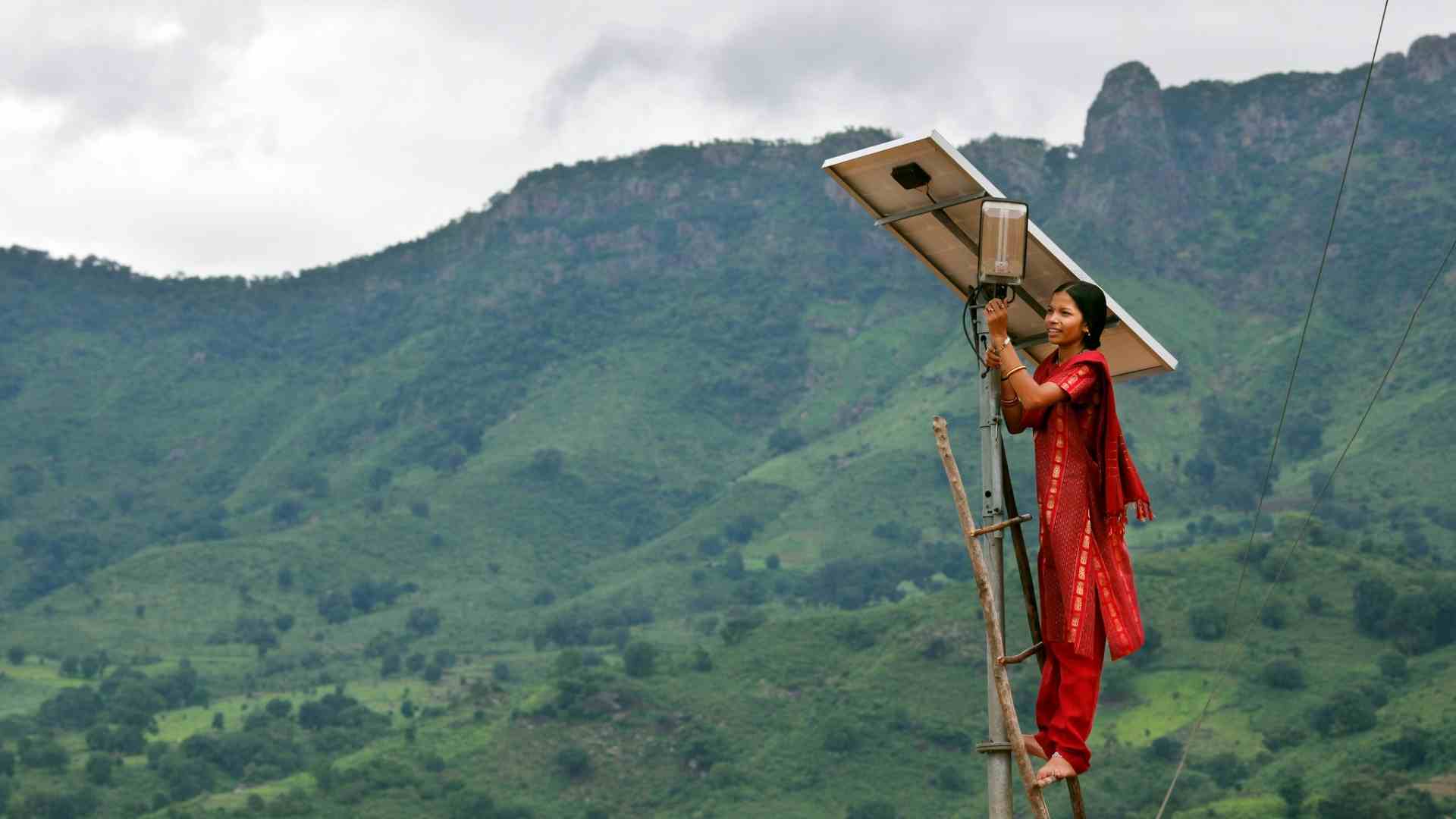
Pic: Flickr
In India, the scope is broad and rapidly evolving. According to a 2023 report by Sattva Consulting and the Skill Council for Green Jobs (SCGJ), solar energy alone is projected to generate 3.26 million jobs by 2050. Yet the same report found that only 35% of surveyed youth could even name a green job or training course relevant to the sector. Only 5.9% of India's jobs are classified as green, while 4.6% are carbon-intensive. This leaves a vast majority of jobs in neither category—highlighting the challenge of transitioning to a greener economy.
The Mirage of Green Hiring
Despite the policy optimism, the reality for job seekers is a maze. Climate job descriptions are often vague, unrealistic, or overburdened with buzzwords. Companies want entry-level professionals with 10 years of experience. Training programmes churn out certificates, but with little clarity on where to apply them.
"Companies ask for 10 years of experience in a field that’s barely a decade old," says Piyasi Mitra, currently working with Cipla in their sustainability team, and an Ashoka-Environmental Defense Fund Climate Corps Fellow 2024 with a background in procurement. "They don’t count prior experience in adjacent roles, so you're basically starting from zero."
Recruiters, too, are navigating this evolving terrain. Aastha Bharadwaj, founder of Climate Hires, a niche hiring platform focused on green careers, points out that the demand for climate-focused professionals is growing, but many people mistakenly believe they need advanced degrees or major career shifts. “Skills in finance, marketing, or communications are in high demand among climate-focused startups, but many people aren't aware of the opportunities—and they don't always have to take a pay cut,” she told YourStory in a 2024 interview. Hiring across the climate sector remains fragmented. Many companies struggle to define roles clearly or align hiring with actual skill demand. As a result, even well-trained candidates are often filtered out due to vague job descriptions or internal HR systems that haven't adapted to the evolving nature of climate work.
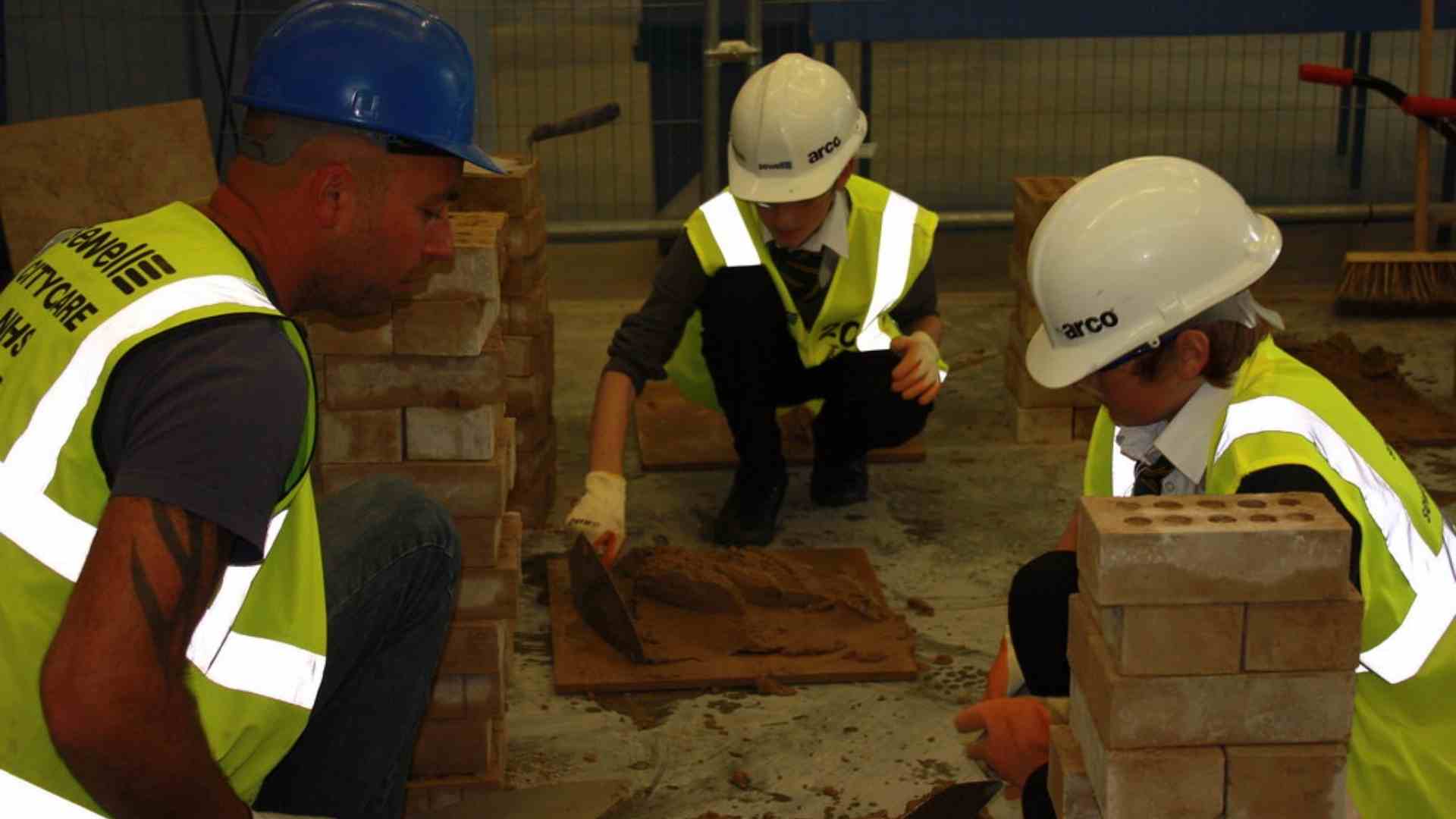
Pic: Flickr
Training Isn’t Enough—If No One Knows Where to Go
Government and private training programmes have been around for years. SCGJ, GSDP, and other platforms have trained over 1 million individuals in green-related sectors. But only a fraction have converted into stable employment.
SCGJ alone has trained over 5,00,000 candidates—including more than 100,000 in solar and other renewable energy domains—and developed 44 nationally-approved qualifications across green sub-domains. Yet, actual employment still lags behind. As of 2023, only 1.02 million people are employed in India’s renewable sector.
The 2023 report, Gearing Up the Indian Workforce for a Green Economy, points to this bottleneck. Most training courses are heavily supply-driven, with limited engagement from industry or employers. Curricula don’t evolve quickly enough, and many young people simply don’t know these roles exist.
"You have to be at the right place, at the right time, with the right network," says Harshanth. "Being at IIM Lucknow helped me. But that shouldn’t be the only way into the green sector."
Where Are the Jobs? Mapping the Sector
Green jobs are emerging across multiple domains, but many remain invisible to the average job seeker. Here’s where the major action is:
- Renewable Energy: Solar alone is projected to create 3.26 million jobs by 2050 (SCGJ).
- Waste Management: E-waste and wastewater roles could generate 1.2 million jobs by 2025 (Mongabay).
- Electric Vehicles (EVs): Up to 10 million direct and 50 million indirect jobs are expected by 2030.
- Sustainable Construction and Textiles: Together, these industries could transform the work profiles of more than 50 million traditional workers.
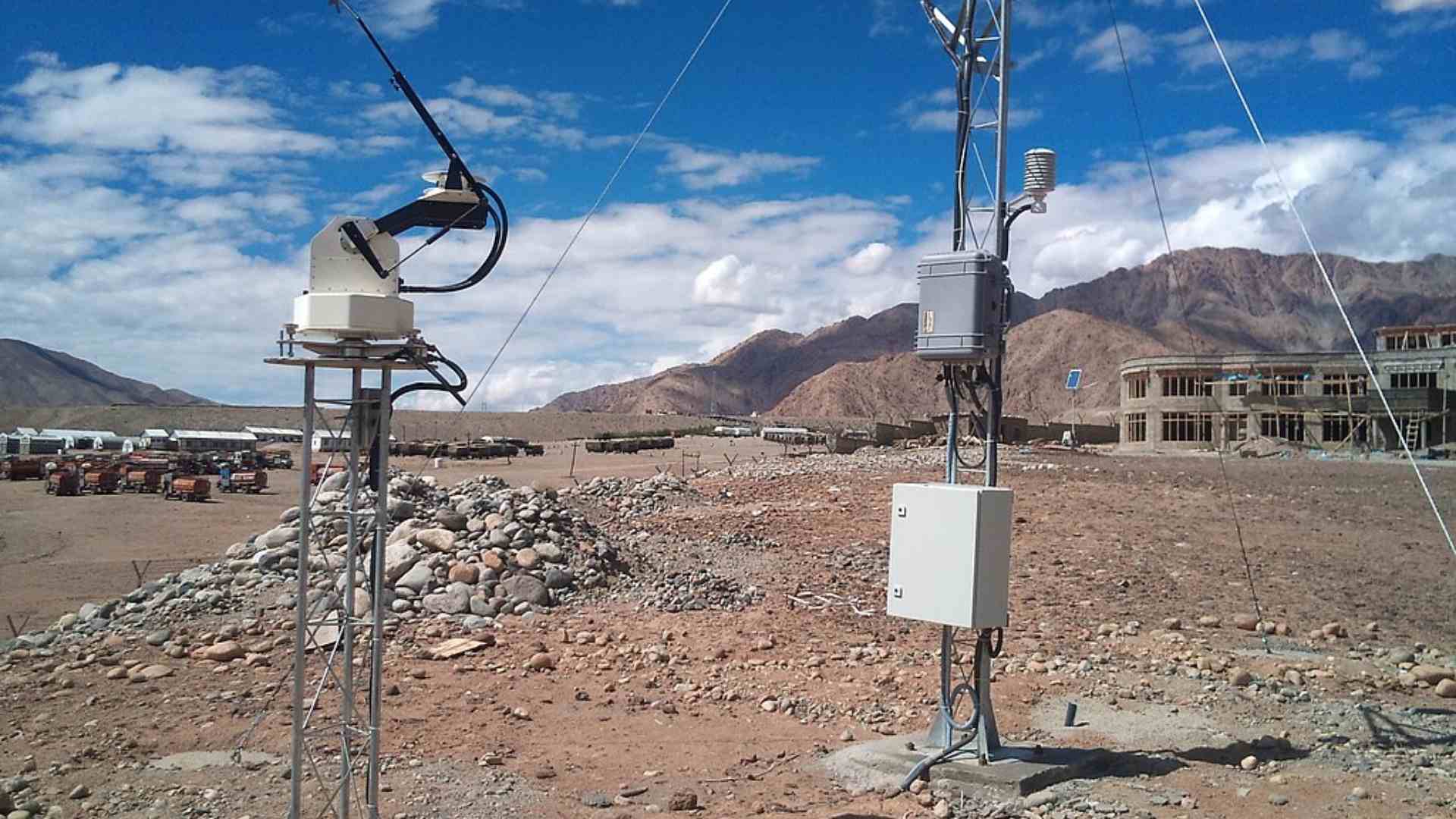
Pic: Wikimedia
Yet access remains unequal. Many of these jobs are urban-centric, hidden behind informal hiring, or demand niche skillsets that only a few can access.
India’s Risk: Training a Generation of Climate Clerks
Another hidden danger is the over-focus on compliance roles—particularly ESG reporting. As Piyasi notes, “Most jobs right now are about data entry, not actual on-ground change.”
There’s a real risk that India’s green workforce ends up being trained to file sustainability reports and tick BRSR boxes—rather than build solutions, start ventures, or innovate in clean tech.
So, What Needs to Change?
Satyam Vyas, CEO of Climate Asia, believes we need a systemic overhaul—not just more skilling programmes.
“We need a climate employment ecosystem that works from both ends—talent pipelines and hiring systems,” he says. “Right now, most people don’t know where the jobs are. And most companies don’t know how to find the right candidates.”
A few promising models have started to emerge. Platforms like Sustainability Mafia have begun curating climate job listings, offering guidance to professionals looking to transition. Others like ClimateRISE Alliance and Climate Hires are attempting to bridge the talent-employer gap by demystifying job roles and hosting targeted career events. Meanwhile, companies like ReNew Power and SELCO Foundation are actively investing in training-to-placement models at the grassroots level.
Solutions could include:
- A national green job directory or matchmaking platform
- Integration of climate skills into mainstream university curricula
- Local apprenticeships tied to green infrastructure projects
- State-level employment guarantees in key sectors like solar or e-mobility
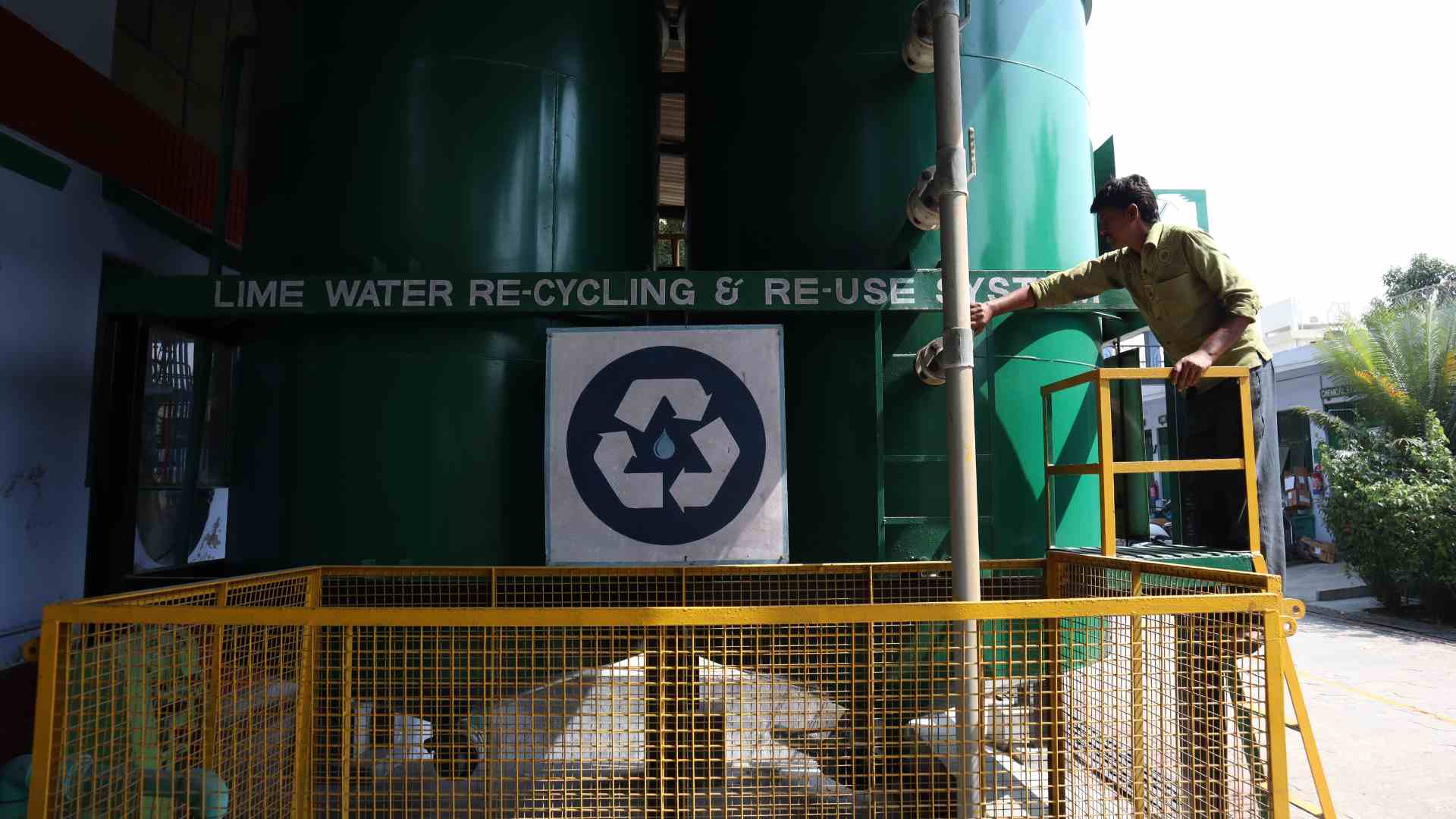
Pic: Zoya Hussain
A Generation That’s Building While Entering
India’s green job story is still being written—and young professionals are not just readers but authors. They’re finding niches, creating their own roles, and quietly laying the foundation for what the climate workforce of the future might look like.
If India wants to truly become a green powerhouse, it must do more than project job numbers. It must invest in building the invisible ladders that connect talent to opportunity—before this moment becomes another missed chance.
Article by Zoya Hussain



